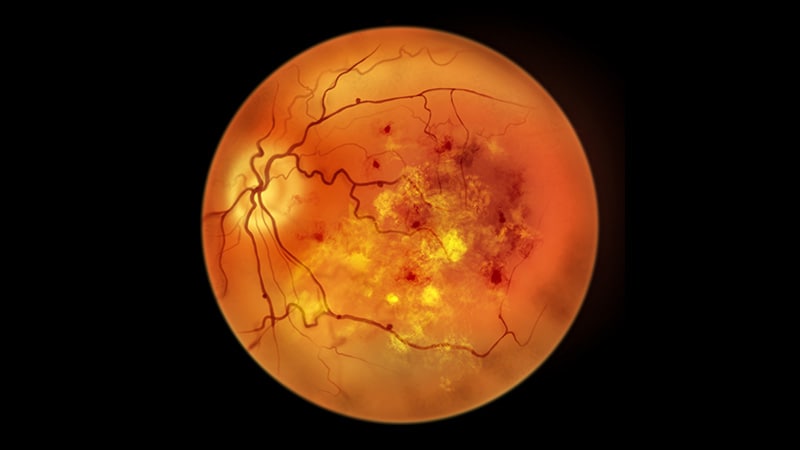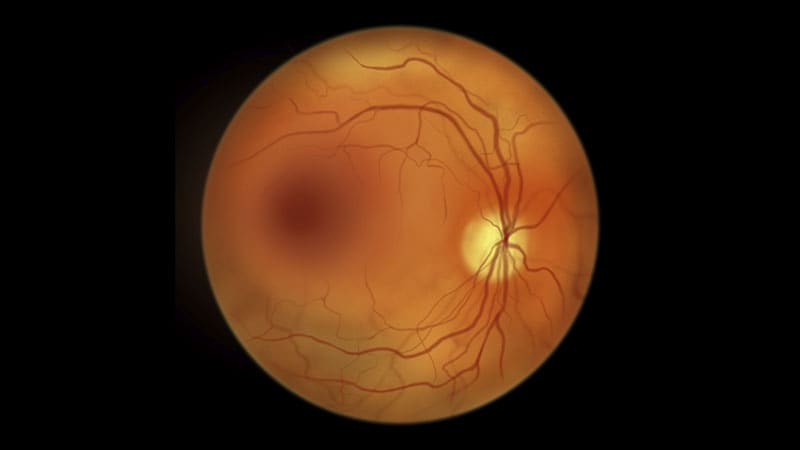Takeaway
- The prevalence of obstructive sleep apnoea-hypopnea syndrome (OSAHS) was higher in hospitalised patients with type 2 diabetes mellitus (T2DM).
- Apnoea-hypopnea index (AHI) was independently associated with diabetic nephropathy (DN).
Why this matters
- OSAHS may increase the risk of developing diabetes, independent of other risk factors.
- Limited data available on the correlation between OSAHS and DN and to determine whether the severity of OSAHS increases the risk of DN in patients with T2DM.
Study design
- Cross-sectional study of 322 patients with T2DM.
- OSAHS was diagnosed according to the AHI and categorised as normal, mild, moderate and severe.
- Funding: None disclosed.
Key results
- Compared with non-OSAHS group, mild, moderate and severe OSAHS had higher body mass index, creatinine level, urinary albumin/creatinine ratio (UACR) and a longer duration of T2DM (P<.05 for all).
- The prevalence of DN was higher in mild (19.2%), moderate (34.6%) and severe (49.4%) OSAHS groups compared with non-OSAHS group (P<.001).
- In the partial correlation analysis, UACR was positively associated with AHI (r=0.223; P<.001), but negatively associated with lowest oxygen saturation (r=−0.123; P=.029) and mean oxygen saturation (r=−0.084; P=.139).
- In the multiple factor logistic regression analysis, systolic blood pressure (OR, 1.03; 95% CI, 1.01-1.05; P=.004), AHI (OR, 1.02; 95% CI, 1.01-1.03; P=.003) and duration of T2DM (OR, 1.04; 95% CI, 1.00-1.08; P=.047) were significantly associated with DN.
Limitations
- Study did not conclude causal association between DN and OSAHS.
References
References



